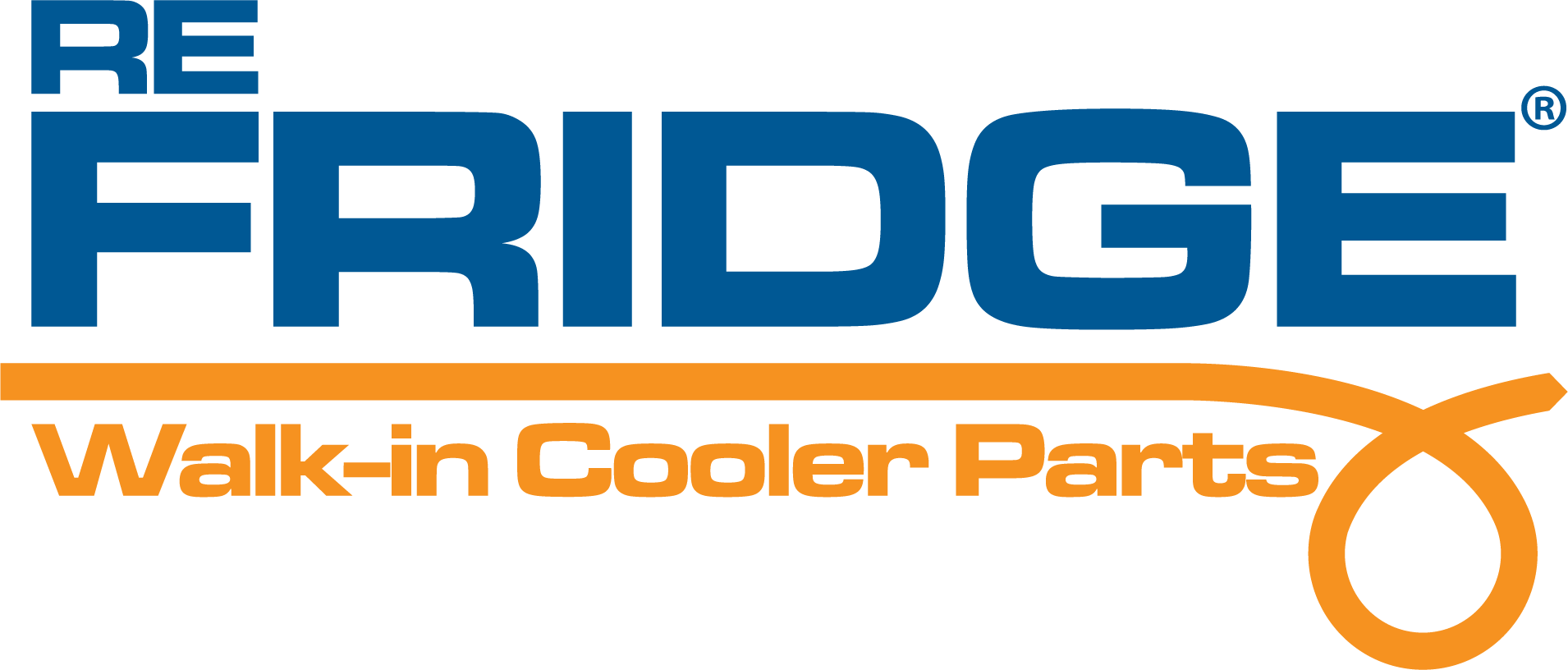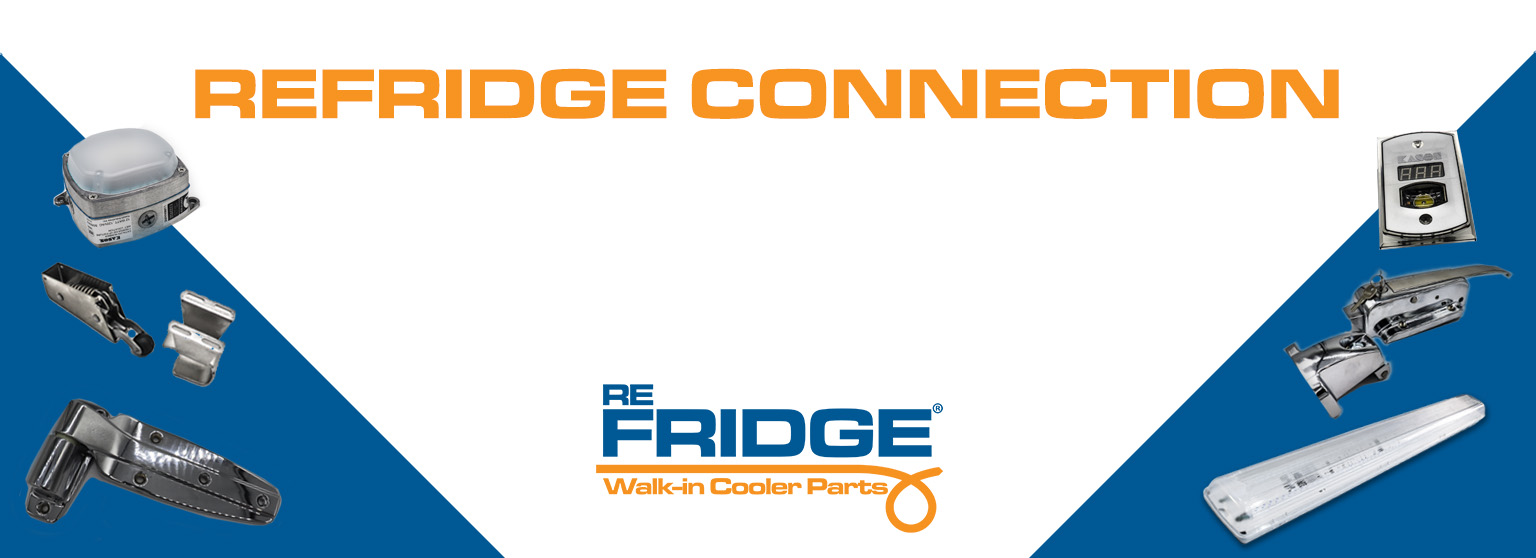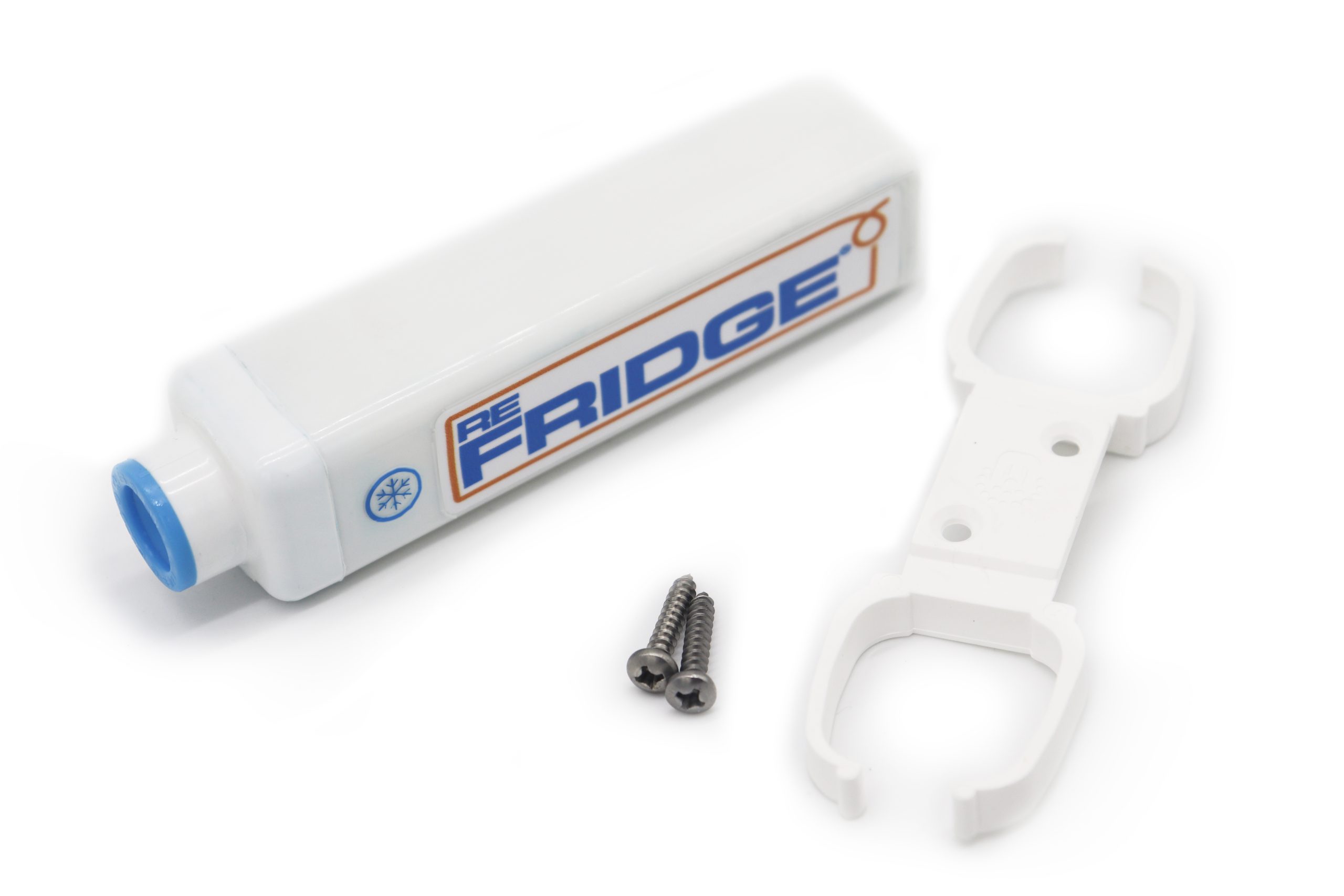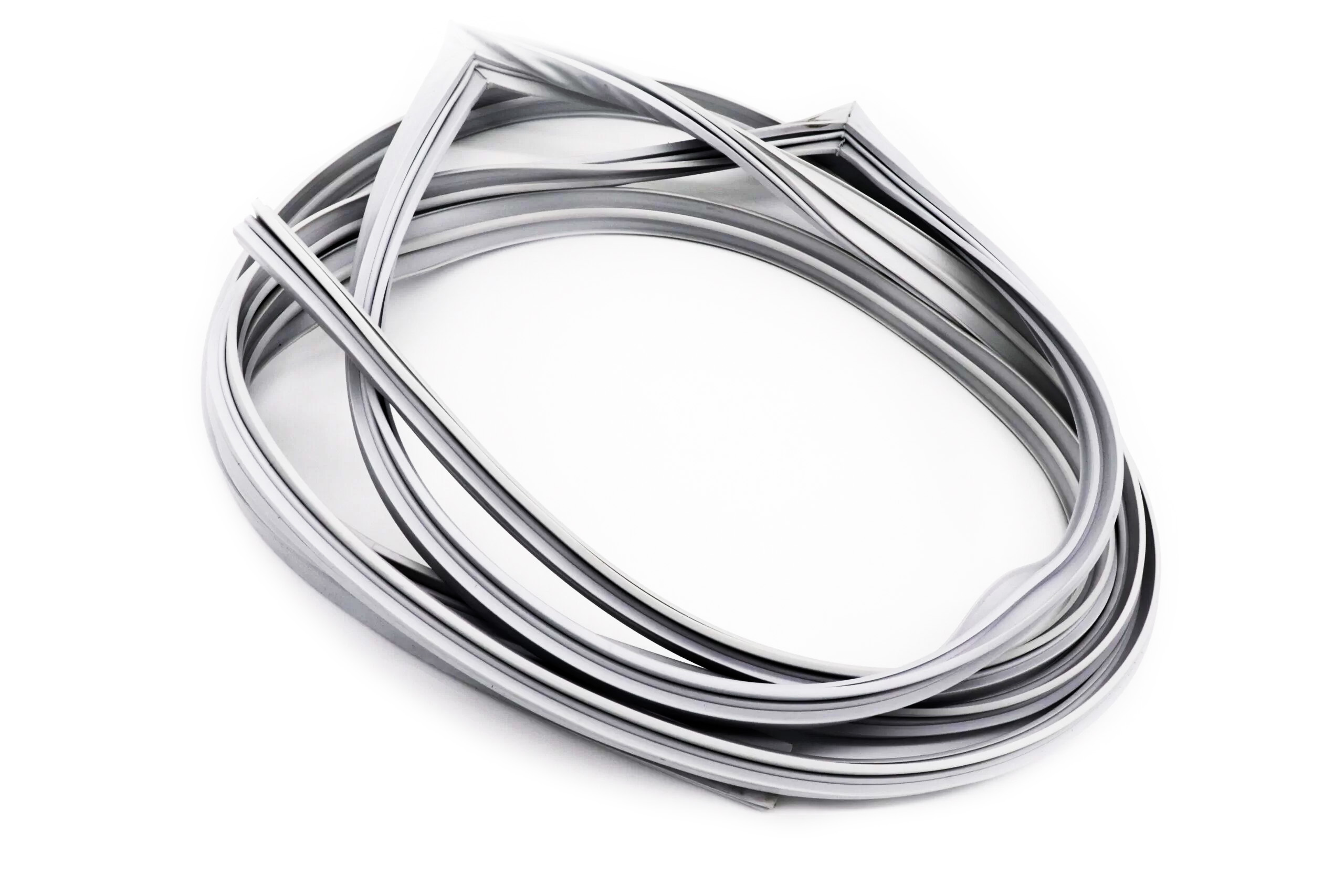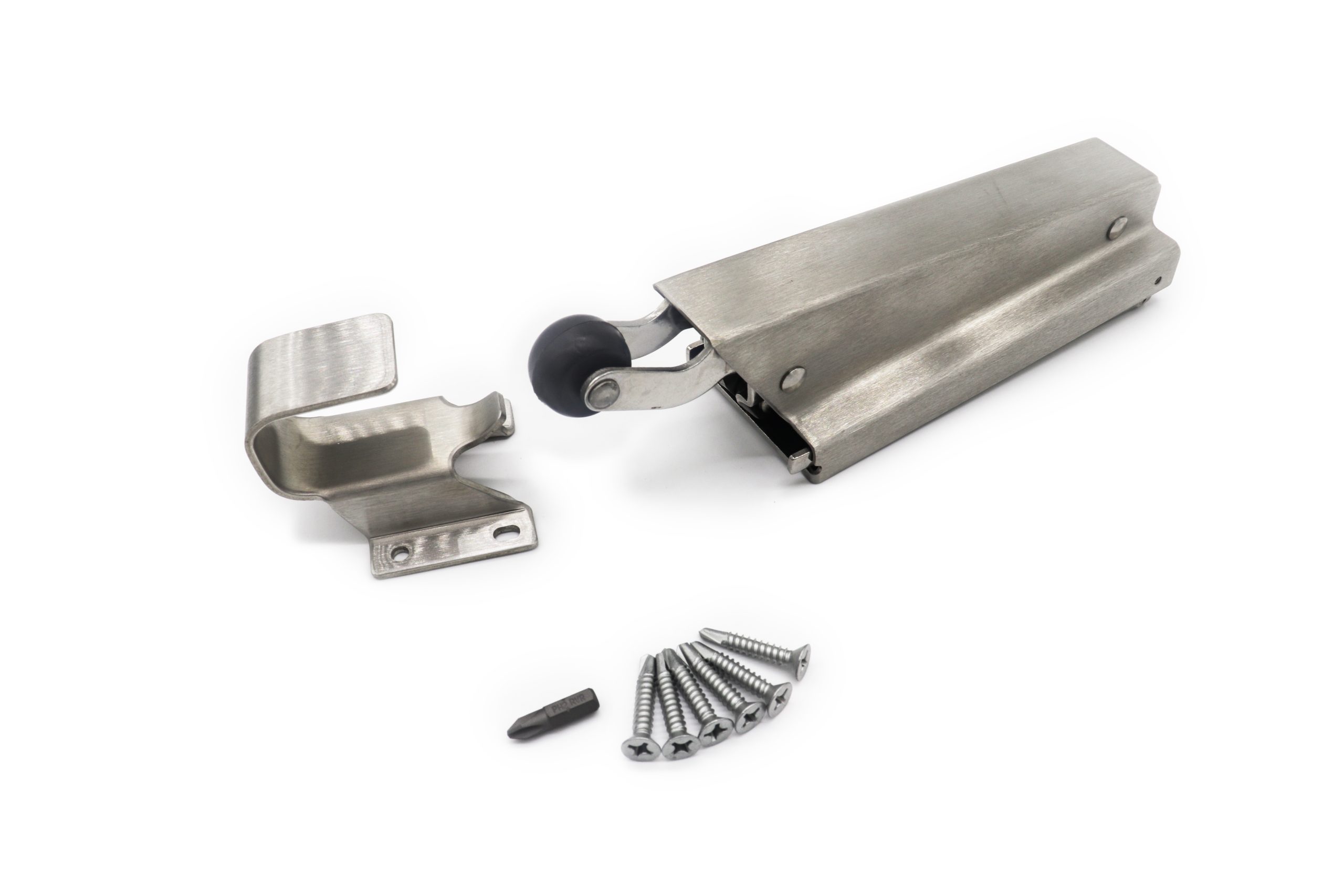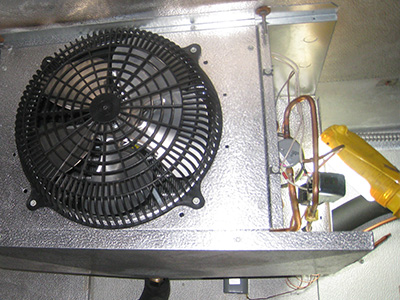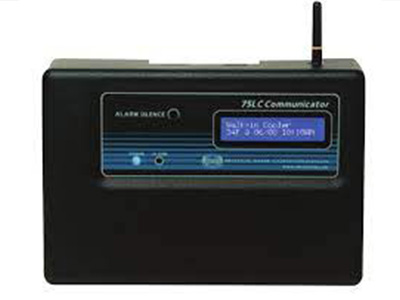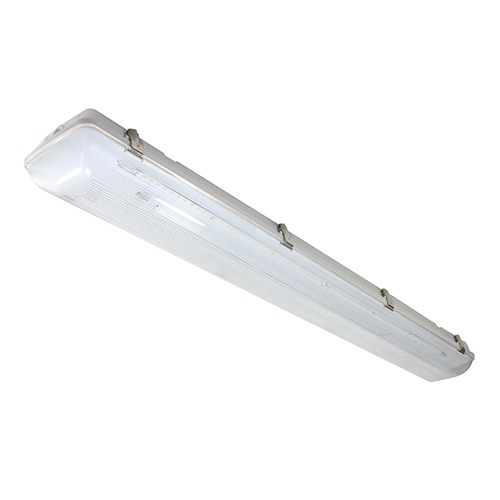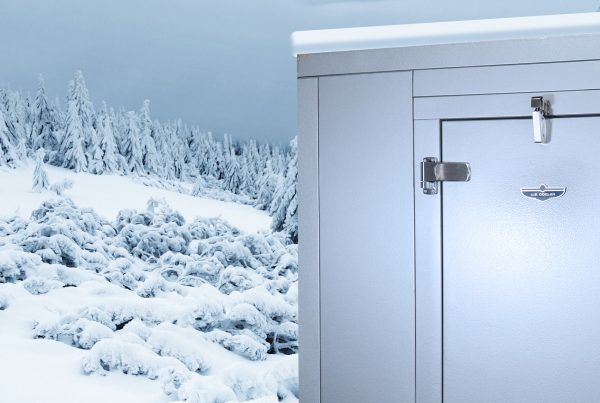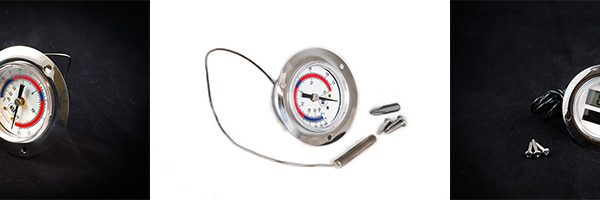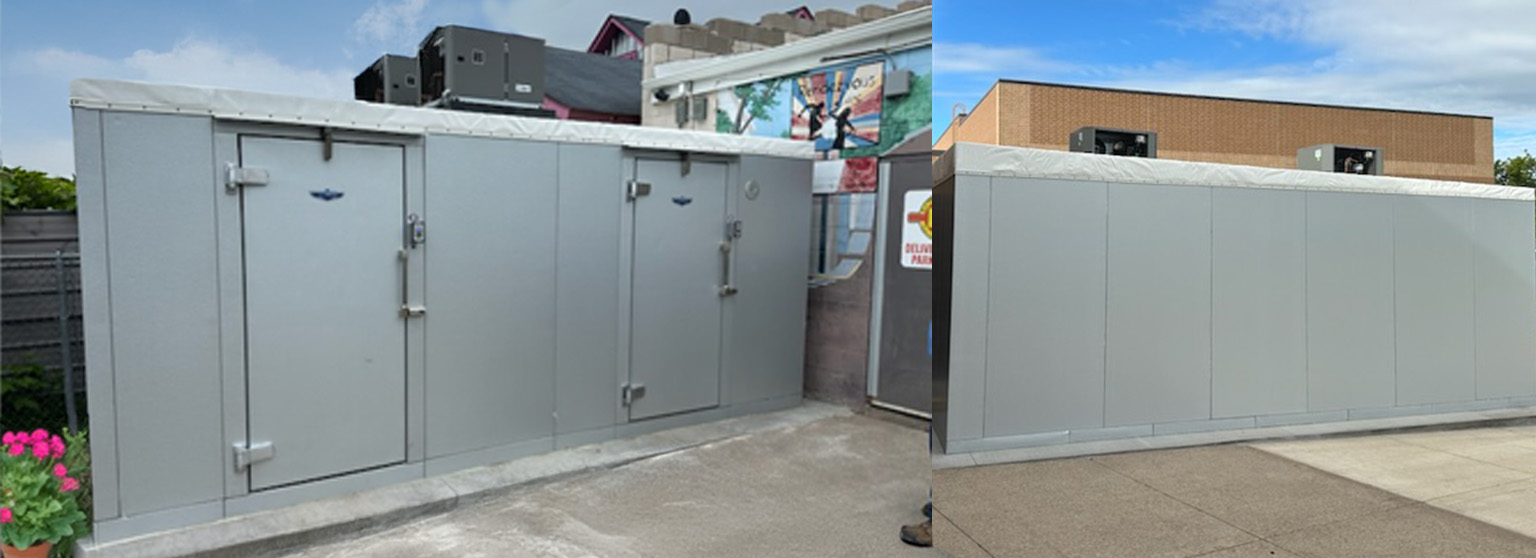
As temperatures rise, your walk-in cooler will have to work harder to maintain optimal conditions. Spring is the perfect time to inspect and upgrade key components to prevent breakdowns, improve energy efficiency, and extend the life of your refrigeration system. Here’s how you can get your walk-in cooler ready for the warmer months—featuring essential products like CUES, gaskets, and door closers to help maximize performance.
1. Upgrade to a CUES (Chilled Unit Energy Saver)
One of the best ways to improve your cooler’s efficiency and cut down on energy costs is by installing a CUES (Chilled Unit Energy Saver). This innovative device reduces unnecessary compressor cycles by optimizing defrost settings and maintaining stable temperatures, resulting in significant energy savings. If you’re looking for a cost-effective way to enhance your walk-in’s performance, a CUES is a smart investment for the season ahead.
2. Inspect and Replace Door Gaskets
Worn-out or damaged door gaskets allow warm air to seep in, causing excess moisture and making your refrigeration system work harder. Check your gaskets for cracks, gaps, or stiffness and replace them if needed. A tight seal ensures consistent cooling and helps keep humidity levels under control.
3. Check and Replace Door Closers
A faulty door closer can lead to doors being left slightly open, allowing warm air to enter and forcing your unit to run longer to compensate. If your door isn’t shutting properly or requires extra force to close, replacing the closer can help maintain energy efficiency and prevent unnecessary wear on your system.
4. Clean and Maintain Condenser and Evaporator Coils
Dust and debris can accumulate on your refrigeration system’s condenser and evaporator coils, reducing efficiency and increasing strain on the unit. Clean the coils using a coil cleaner spray and a stiff-bristle brush to ensure optimal airflow and cooling performance.
5. Monitor and Control Temperature Fluctuations
Spring brings unpredictable temperature shifts that can affect your walk-in’s performance. A Modularm Refrigeration Monitoring System allows you to track temperature changes, receive alerts, and make real-time adjustments to prevent spoilage and energy waste.
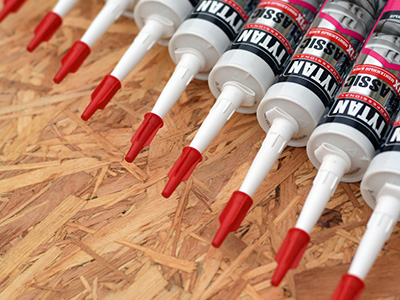
6. Inspect and Seal Walk-In Panels
Over time, walk-in panels can develop small gaps or insulation wear, leading to temperature inconsistencies. Check for weak spots and apply insulated panel sealant to reinforce your cooler’s insulation and prevent air leaks.
7. Upgrade to Energy-Efficient LED Lighting
Traditional lighting generates excess heat, making your refrigeration system work harder. Switch to LED cooler lighting to reduce heat output while improving visibility inside your walk-in.
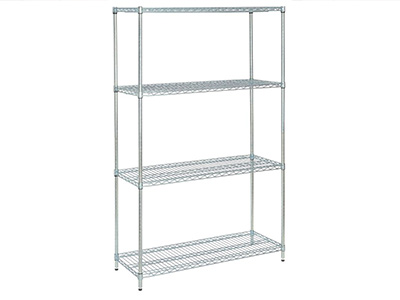
8. Ensure Proper Airflow and Organization
Blocked vents and overcrowded shelving can lead to uneven cooling. Optimize your walk-in’s layout using airflow racks and shelving kits to improve air circulation and maintain consistent temperatures.
By taking these proactive steps—including upgrading to CUES, replacing gaskets and door closers, and optimizing airflow—you can ensure your walk-in cooler is running at peak efficiency throughout the warmer months.
For more expert refrigeration tips and product recommendations, subscribe to ReFridge Connection today!
